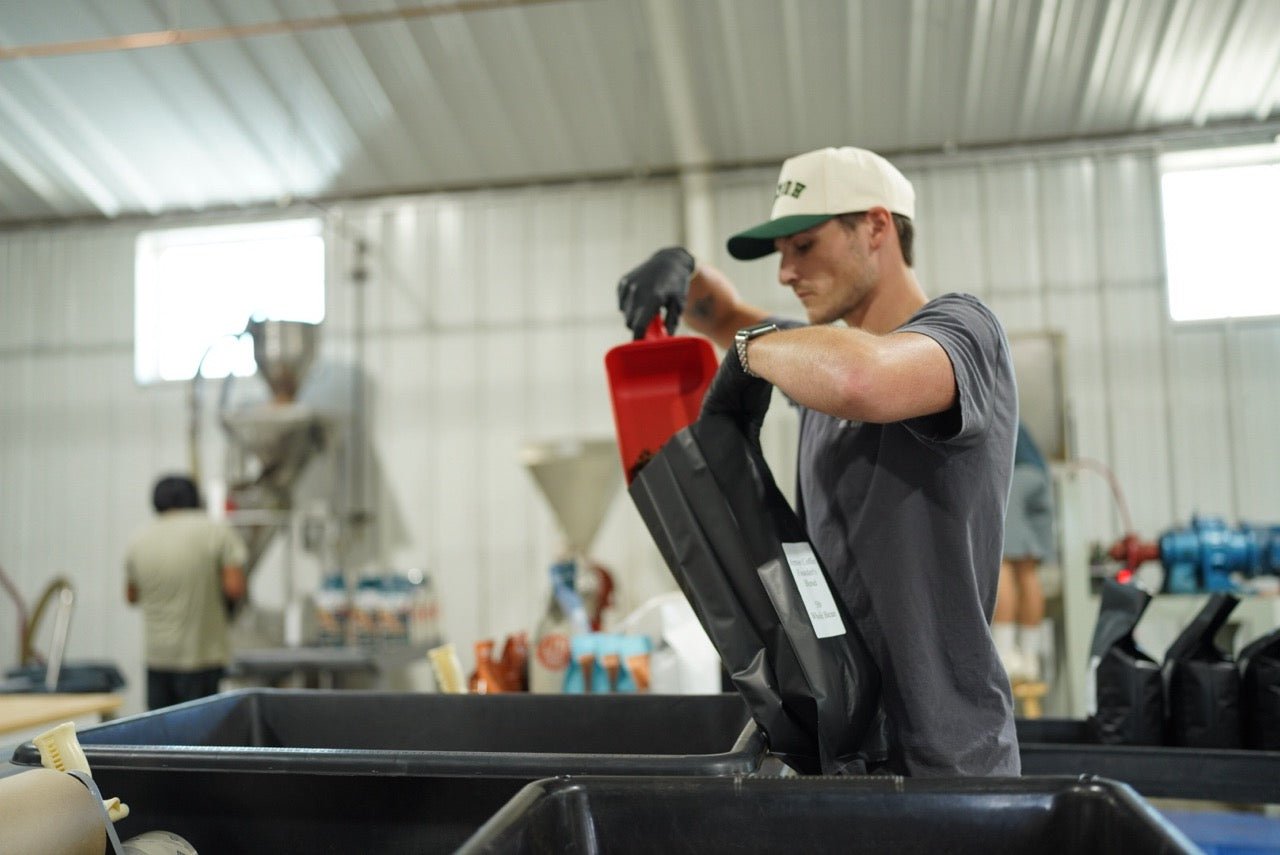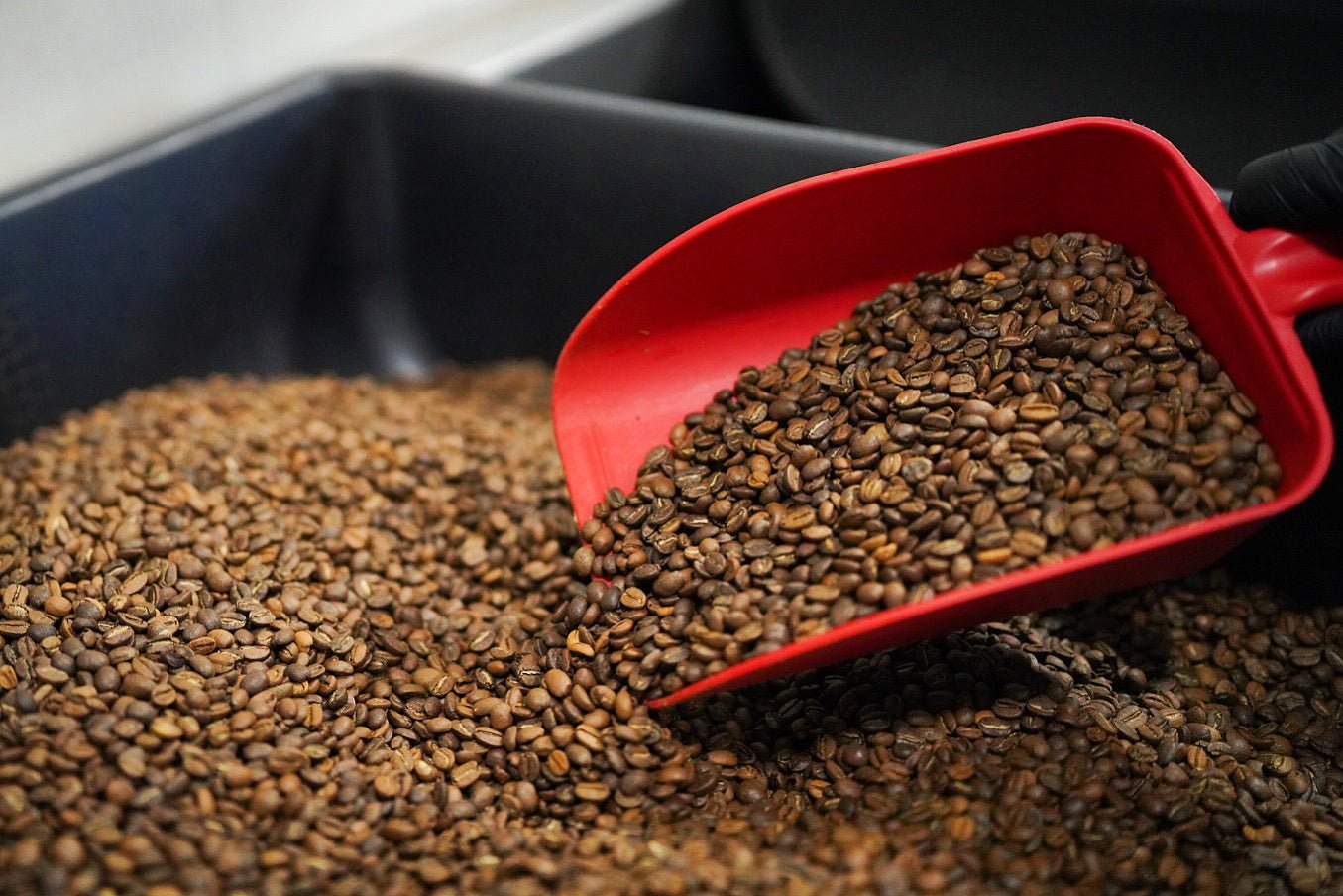Where Did Coffee Originate?
Coffee originated in the highlands of Ethiopia over a thousand years ago. According to legend, a goat herder named Kaldi discovered the plant after noticing that his goats became more energetic after eating the red berries from a particular bush. He brought the berries to local monks, who brewed a drink from them and found that it kept them alert during long hours of prayer. From Ethiopia, coffee spread to other parts of Africa, the Middle East, and eventually to the rest of the world.
The coffee plant is a small evergreen shrub that produces bright red or yellow fruit, which are actually the coffee beans. These beans contain caffeine, the substance that provides coffee its signature pick-me-up. Coffee is now one of the most widely consumed beverages in the world and is grown in countries as far-flung as Brazil, Colombia, Vietnam, and Indonesia.
Coffee was first introduced to Europe in the 1600s and quickly became a popular drink. By the 1700s, coffee was being cultivated in the Western Hemisphere, first in the Caribbean and then in Central and South America. The coffee trade was a major contributor to the global economy, and coffee remains one of the world's most valuable agricultural commodities.
Coffee is believed to have originated in the highlands of Ethiopia, where it was first consumed by the Oromo people. From there, it spread to the neighboring Arab countries and was eventually brought to Europe. The exact date when coffee first arrived in Europe is not known, but it is believed to have happened in the late 16th century.
One of the first European countries to experience coffee was Venice, Italy. According to historical accounts, the first coffee shop in Europe was opened in Venice in 1645. From there, the popularity of coffee quickly spread to other parts of Europe, including England, France, and Germany.
The introduction of coffee to Europe was largely due to the efforts of traders, merchants, and travelers who brought coffee beans and seeds with them as they traveled from one country to another. The first coffee plants in Europe were grown in the Netherlands, where they were nurtured in greenhouses and then sold to other countries.
In the 17th century, the Dutch played a significant role in the spread of coffee in Europe. Dutch merchants and traders established coffee plantations in the colonies they held in Southeast Asia and the Caribbean, which allowed them to control the coffee trade and supply to Europe. The Dutch East India Company was also instrumental in establishing coffee trade routes and introducing coffee to new countries.
Coffee quickly became popular in Europe and was soon embraced as a cultural and social beverage. Coffeehouses were established in cities throughout Europe and became popular gathering places for artists, intellectuals, and political leaders. In the 18th century, coffee became a symbol of the Enlightenment, and the coffeehouse culture played an important role in the spread of ideas and the development of new movements in art, literature, and politics.
Coffee reached Europe through the efforts of traders, merchants, and travelers who brought coffee beans and seeds with them as they traveled from one country to another. The Dutch played a significant role in the spread of coffee in Europe, and the popularity of coffee quickly spread throughout the continent, leading to the establishment of coffeehouses and the growth of a new cultural and social phenomenon.


